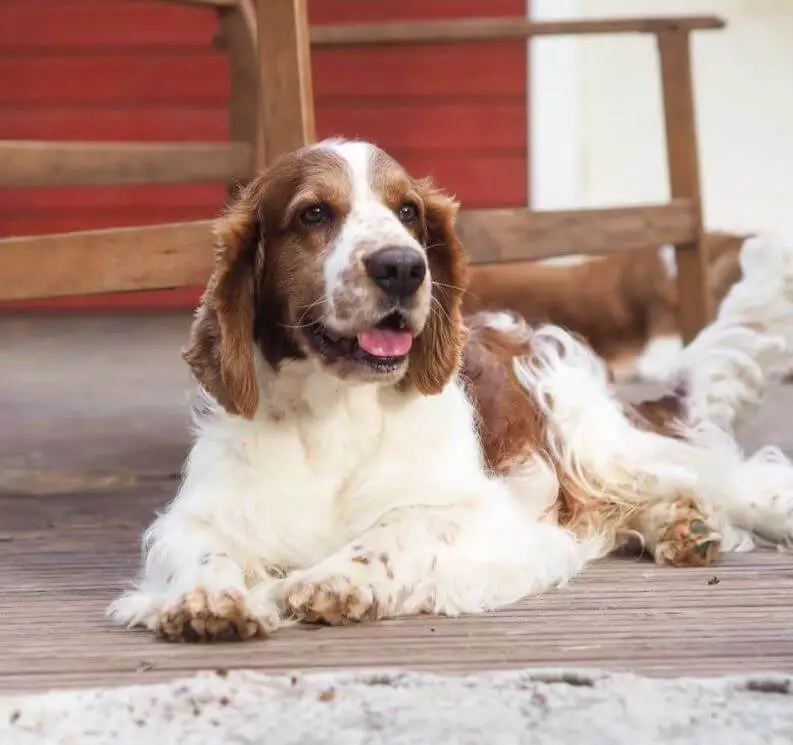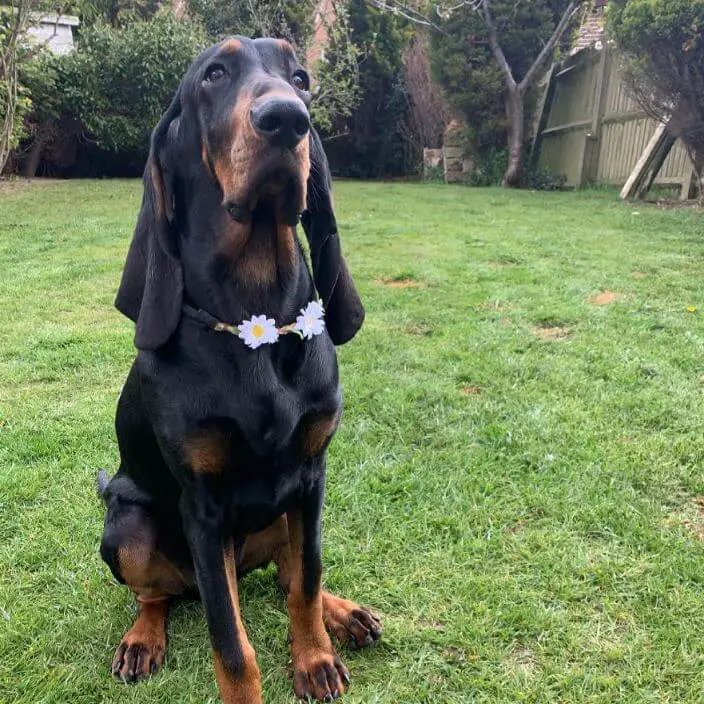As your beloved canine companion enters their senior years, their exercise needs and capabilities evolve. While maintaining physical activity is crucial for their well-being, it’s important to tailor their exercise routine to their age, health, and comfort. In this article, we’ll explore the significance of exercise for senior dogs and provide essential guidelines to ensure they enjoy a healthy and happy life in their golden years.

Understanding Senior Dog Exercise:
Senior dogs, typically aged seven years and older, have different exercise requirements compared to their younger counterparts. While they may not have the same boundless energy, exercise remains essential to maintain muscle tone, manage weight, and support joint health.
Consult Your Veterinarian:
Before embarking on a new exercise regimen, consult your veterinarian. Your vet can assess your dog’s overall health and recommend suitable exercises based on their age, breed, weight, and any existing medical conditions. This ensures your senior dog’s safety and well-being.
Low-Impact Activities:
Engaging in low-impact activities helps prevent strain on your senior dog’s joints and muscles. Consider these exercises:
- Leisurely Walks: Shorter, slower walks are ideal. Adjust the pace and distance based on your dog’s energy levels and comfort.
- Swimming: If your dog enjoys water, swimming offers a low-impact, full-body workout that’s gentle on joints.
- Gentle Fetch: Engage in low-intensity games of fetch that avoid sudden and strenuous movements.

Mental Stimulation:
Physical exercise is just one aspect of your senior dog’s well-being. Mental stimulation is equally important:
- Brain Games: Engage your dog’s mind with puzzle toys, treat-dispensing toys, and hide-and-seek games.
- Training: Reinforce basic commands and teach new tricks. Mental challenges can be as tiring as physical activities.
Frequent Breaks and Rest:
While exercise is beneficial, senior dogs require more frequent breaks and adequate rest. Pay attention to their cues and allow them to rest whenever needed. Overexertion can lead to exhaustion and strain.
Adapting to Individual Needs:
Each senior dog is unique, and their exercise routine should be tailored accordingly:
- Arthritis Management: If your dog has arthritis, focus on gentle movements and consult your vet for pain management strategies.
- Weight Management: Maintain a healthy weight to alleviate stress on joints. Adjust their diet and exercise routine if necessary.
- Regular Check-ups: Regular veterinary check-ups help monitor your senior dog’s health and make adjustments to their exercise routine as needed.

Providing proper exercise for your senior dog is a crucial component of their well-being. Customizing their activities to their age, health, and preferences ensures they remain active, happy, and comfortable in their golden years. Remember, the goal is to promote overall fitness, maintain joint health, and stimulate their mind without causing strain or discomfort. With your care and attention, you can ensure your senior dog enjoys a fulfilling and enriched life for many years to come.
